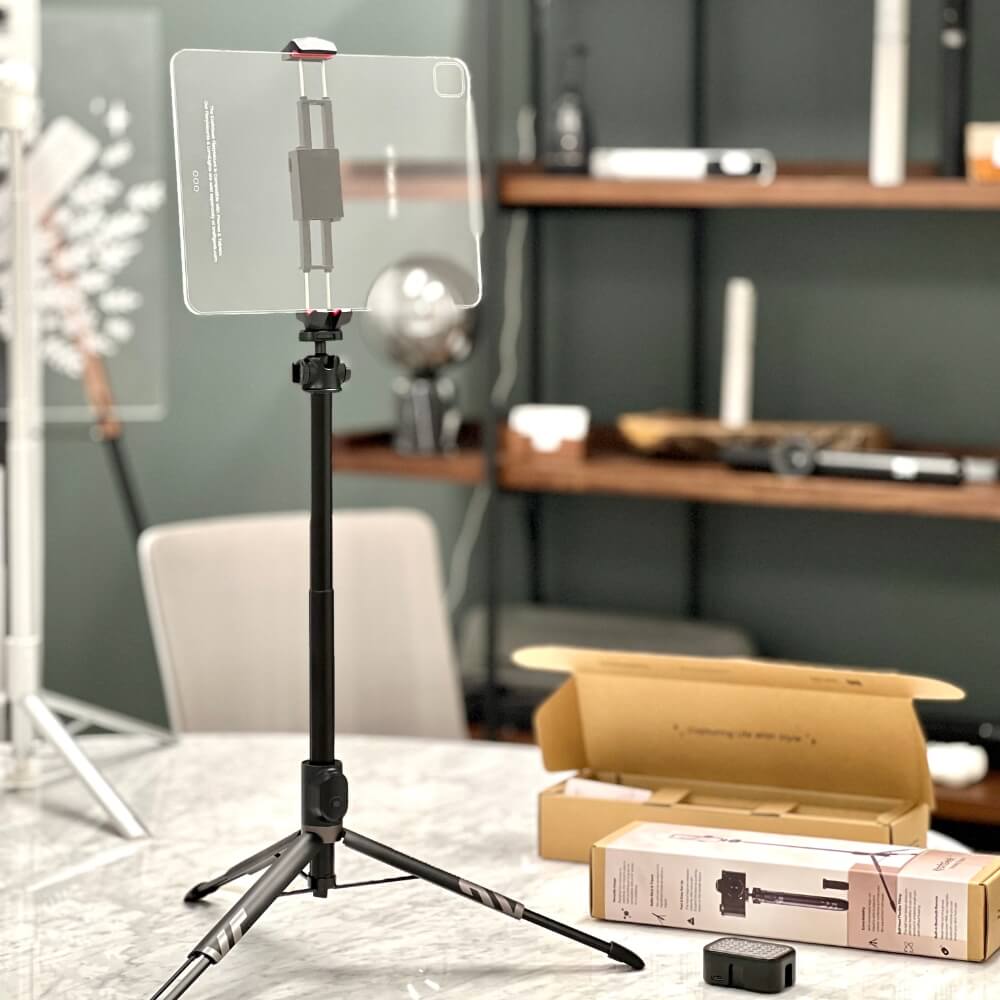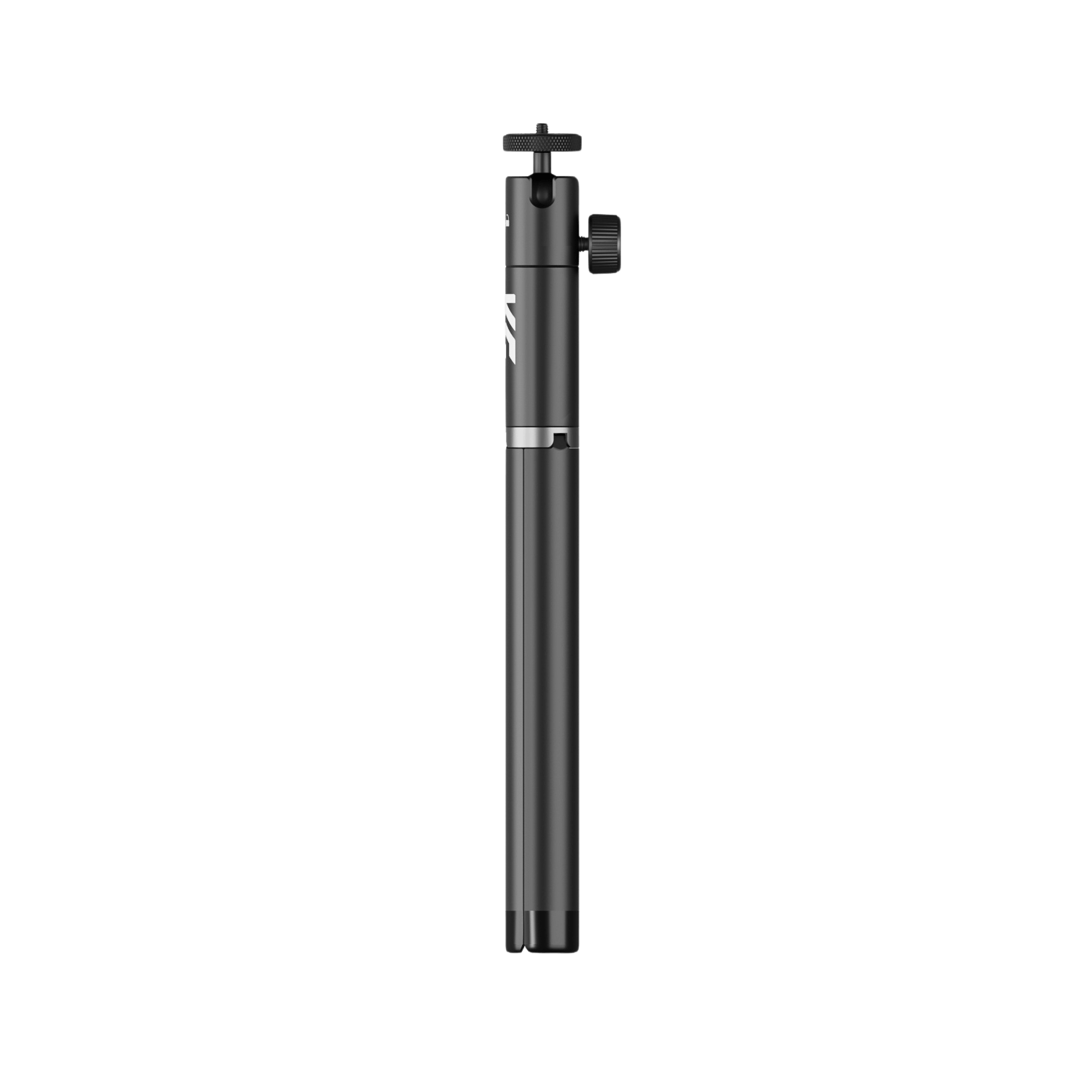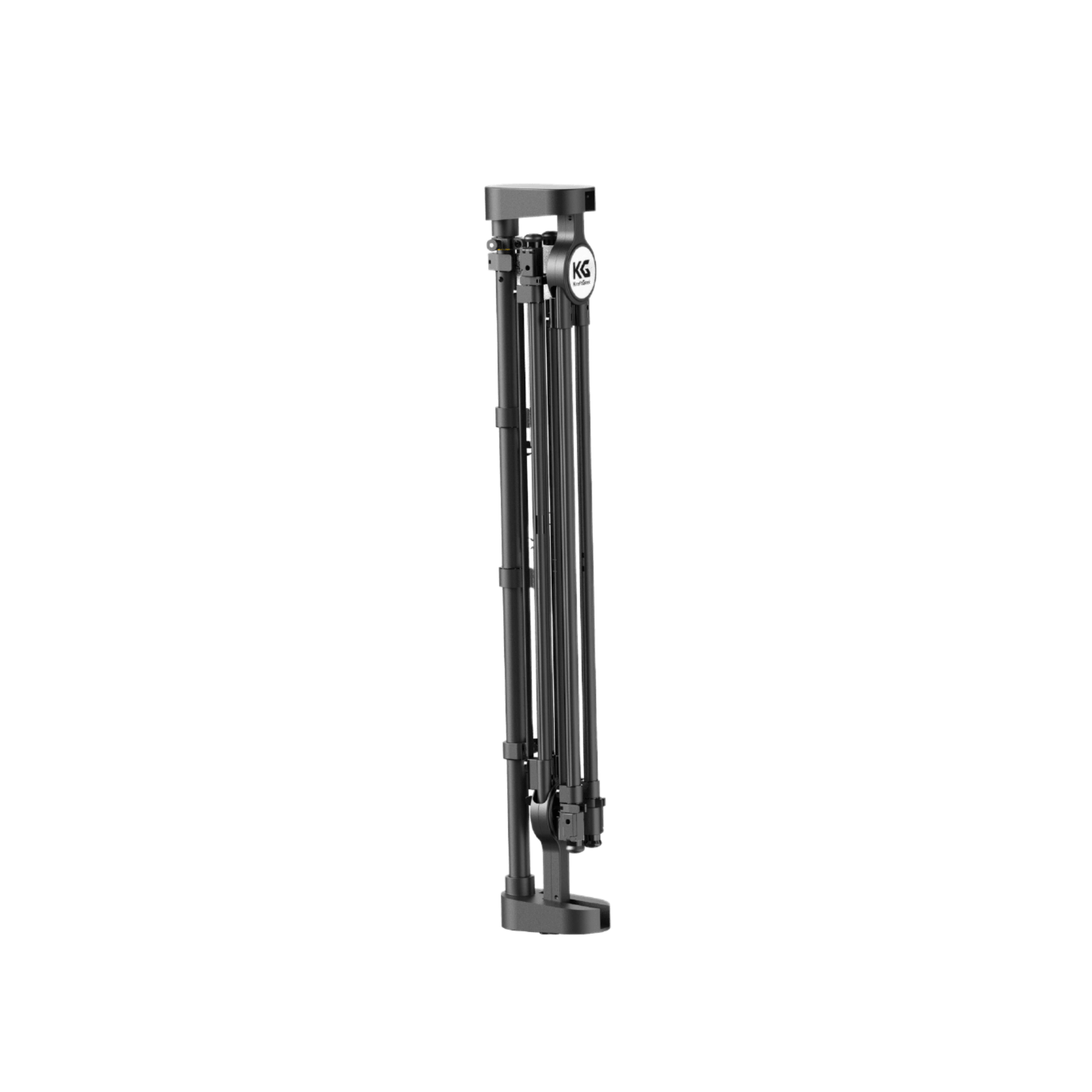The term "finger dexterity" has huge importance as it portrays the mobility, coordination, and strength of fingers necessary to run through scales, chords, and complicated tunes with ease. Newcomers and experienced players depend on these exercises in order to incorporate them into their drills as they give them a good basis for mastering the important skills.
Fundamental Finger Exercises
1. Scale Practice
- Play major scales using various finger combinations (1-2-3-4 pattern).
- Focus on the evenness of tone and consistency in finger placement.
2. Finger Stretching
- Extend fingers as far apart as possible and hold for a few seconds.
- Relax and repeat several times to improve flexibility and reach.
3. Finger Tapping
- Tap each finger individually on a flat surface in sequential order.
- Aim for clarity and precision in each tap, gradually increasing speed.
4. Hand Grips
- Squeeze hand grips multiple times a day to build finger and hand strength.
- Focus on maintaining a consistent grip and gradually increase resistance.
5. Spider Walk
- Start with index finger on low E string, play each fret with successive fingers.
- Move across all strings, gradually increasing speed and accuracy.
Advanced Techniques for Finger Dexterity
Guitarists need to learn advanced techniques to gain fine-tuning, speed, and flexibility in their playing. Beyond the basic exercises, these methods necessitate accuracy, coordination, and also complexity to be performed perfectly.
1. Hammer-ons and Pull-offs
Create smooth transitions between notes without picking by striking and removing fingers from frets.
2. Barre Chords
Press down multiple strings with a single finger across the fretboard, enhancing finger strength for tackling chord progressions in various keys.
3. Trills
Rapidly alternate between adjacent notes by hammering on and pulling off, building finger strength, speed, and control for fast-paced passages.
4. Alternate Picking
Alternate between downward and upward strokes with the pick for fluidity, speed, and accuracy, especially in fast-paced and intricate melodies.
5. Fingerpicking
Pluck strings individually with fingers for expressiveness, dynamics, and complexity, requiring precise finger movements and coordination.
6. Slides and Bends
Transition smoothly between notes by sliding fingers along the fretboard and bend strings for expression, requiring precise finger control and ear training.
7. Hybrid Picking
Combine pick and fingers for versatile tonal variation, enabling ease in playing complex patterns and arpeggios with coordination between hands.
Specialized Exercises for Precision and Control
Finger dexterity is greatly dependent on the ability to control and have inborn accuracy. Exercises that target motor skills (especially fine), finger movements, and general accuracy of the instrument are the most needed in order to become a master of the instrument.
1. Targeted Fretting Exercises
Precisely place fingers on fretboard, gradually increasing complexity with wider stretches and faster tempos while maintaining accuracy and control.
2. String Crossing Exercises
Smoothly transition between strings, minimizing noise and maintaining note clarity using melodic patterns like arpeggios, aided by metronome for rhythmic precision.
3. Dynamic Control Exercises
Practice passages with varying dynamics, focusing on pressure applied to strings and picking intensity for expressive range.
4. Micro-Timing Exercises
Play short musical phrases with precise timing, gradually increasing tempo while maintaining rhythmic control with a metronome.
5. Finger Independence Drills
Target finger independence with chromatic scales, gradually increasing speed and complexity while maintaining coordination.
6. Articulation Exercises
Play short phrases with accents, slurs, and ghost notes, focusing on clear articulation and experimenting with different patterns.
7. Vibrato and Bending Exercises
Develop control over pitch and expression with vibrato and bending techniques, experimenting with different speeds and intensities for personal style.
Invest in a music sheet holder to have your music or practice material at your point of view and therefore improve your posture and reduce neck and back strain. You can also use a guitar stand and put your guitar’s accessibility during practice sessions, therefore not having to bend down to pick it up and lay it down in between exercises.
Product Recommendations
Conclusion
Mastering finger dexterity for guitar playing is an arduous journey with many layers that call for the incorporation of perseverance, discipline, and patience. With rapidly paced finger exercises, advanced techniques, and exercises for precision and control in your schedule, you can aim to develop and use your full play potential.










